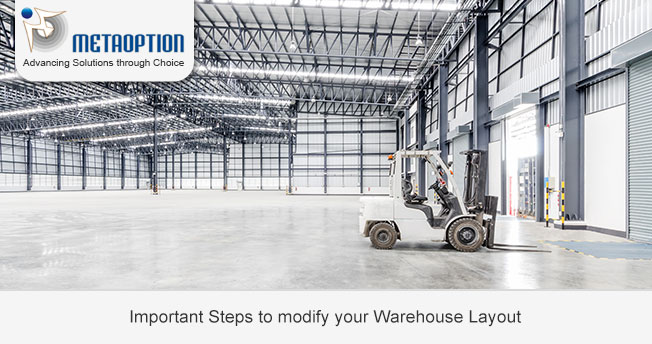It may be time to restructure your warehouse area in order to save money and improve productivity. New warehouse inventory digital automation technology makes it easier to acquire control and develop plans based on informed judgments based on inventory visibility and real-time data. Your inventory team should use mobile barcoding data-gathering solutions while your organization constructs its inventory storage space to test new ideas and identify the best potential approach for warehouse management and delivery.

Four Important Steps to Modify Your Warehouse Layout
Examine your current warehouse space
If you’re having trouble finding warehouse space, you might believe upgrading to a larger facility is the answer. However, when commercial warehousing is limited and cost control is critical, this may not be the best solution.
In fact, it could be time to reconsider your existing warehouse space. Rather than looking for new premises, you might save money by optimizing your present warehouse storage.
Step Up
Inventory management teams can assess what investments must be made after taking stock of what they have available against what has to be done. If historical data shows how a new shelving system could improve routine operations, warehouse staff will have an easier time convincing senior management. Vertical warehouse designs are one of the finest methods to take advantage of open space. Stacking inventory to the ceiling guarantees that personnel does not overlook options for effective storage.
Use Efficient Circulation Techniques
Now that you know what kind of equipment and storage solutions you’ll need for your warehouse, as well as where everything will fit in your layout, it’s time to work on your thorough schematic. The goal of a warehouse layout is to arrange each component to create an efficient, performance-boosting circulation pattern.
Consider your operation by investigating the following warehouse use requirements:
- Think about how much time you and your staff will spend in different areas of your warehouse.
- Determine where most of the work will be centered—manufacturing equipment, storage rooms, or work tables.
- Analyze all the needs you and your staff will have for movement throughout the warehouse, and how you can collect products from various warehouse areas.
Test Your Warehouse Circulation Plan
Testing your warehouse circulation design is the final stage before installing equipment, shelves, and tables. To do so, measure out the space and use masking tape to designate the placement of your primary units. Whether they’re equipment, tables, or shelves. This isn’t necessary for every component, but it is crucial to mock up major workflow and production zone locations.
For more information and a tailored demonstration contact us today at MetaOption.


